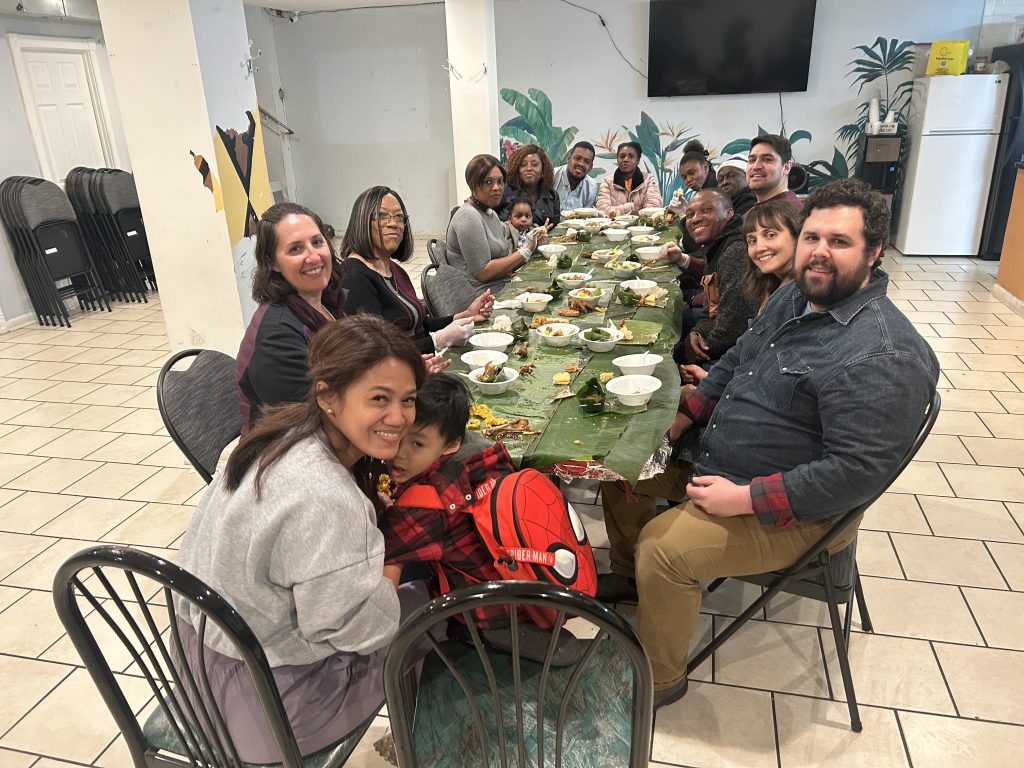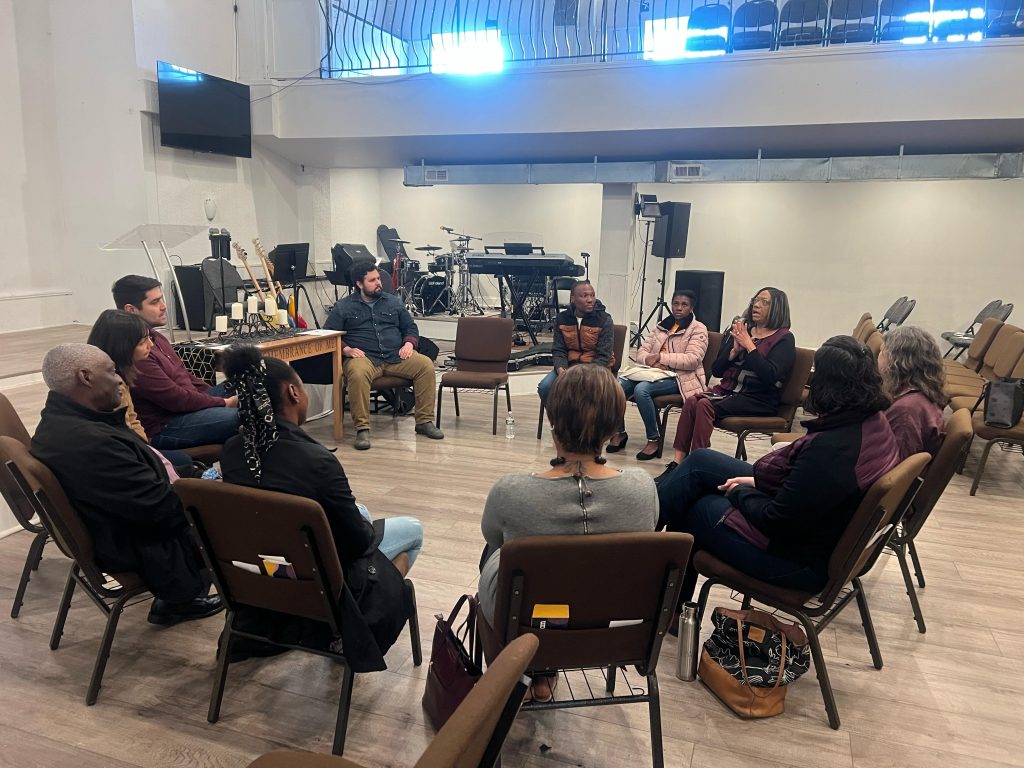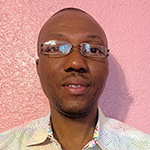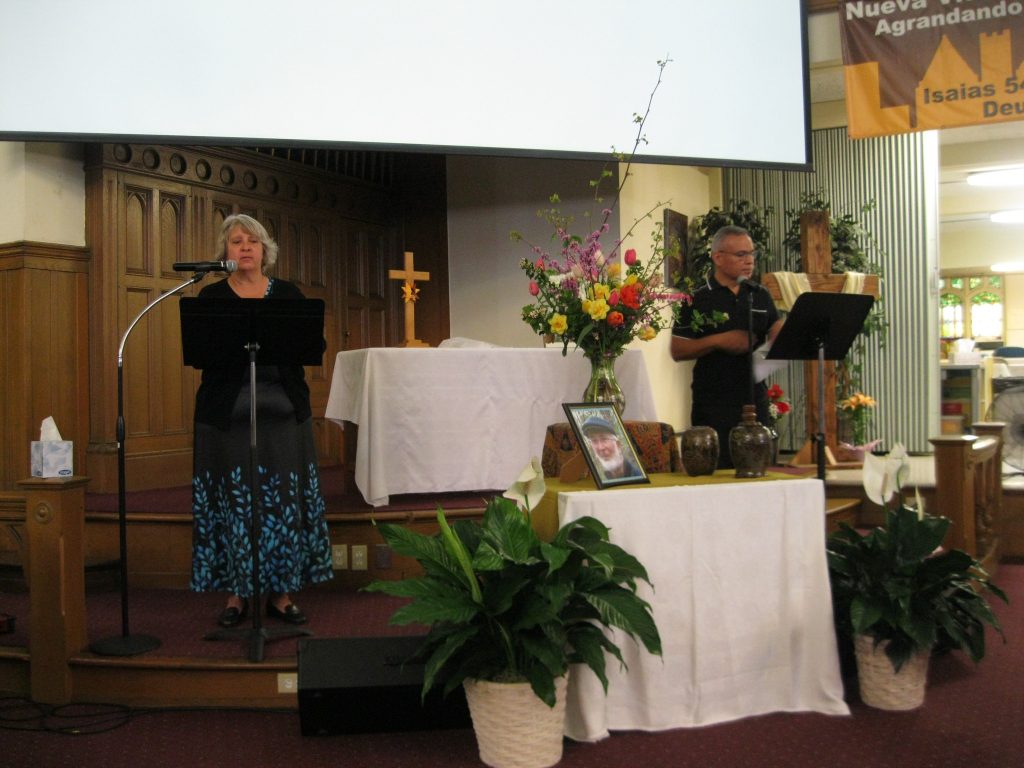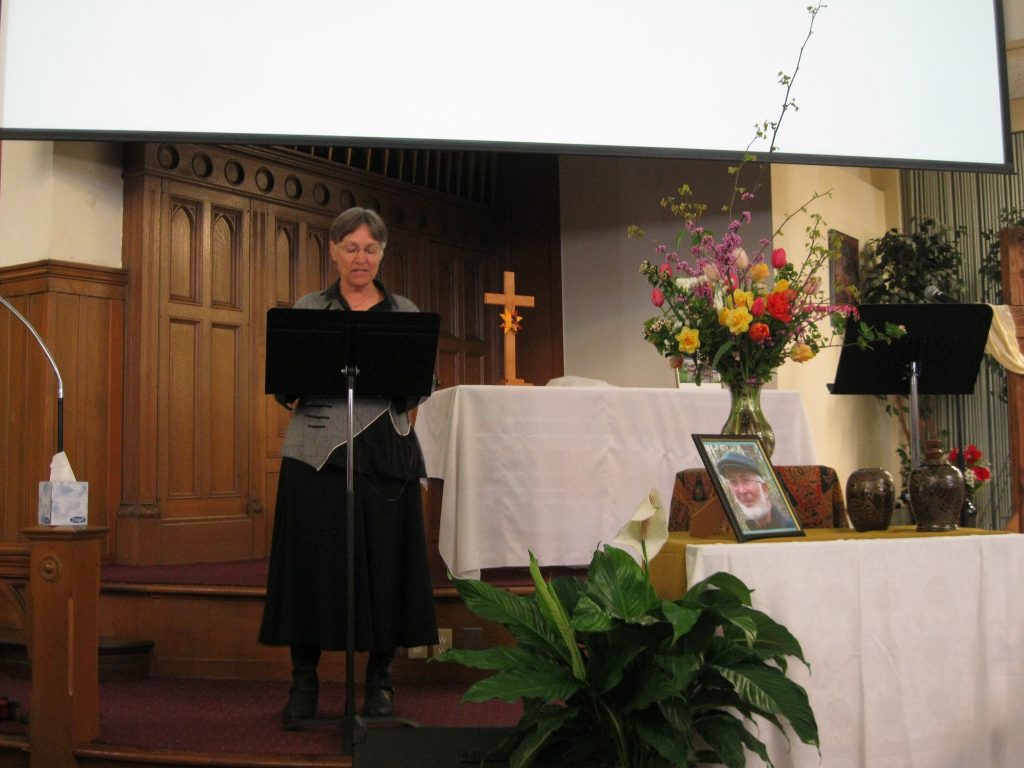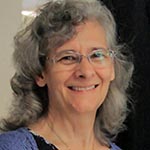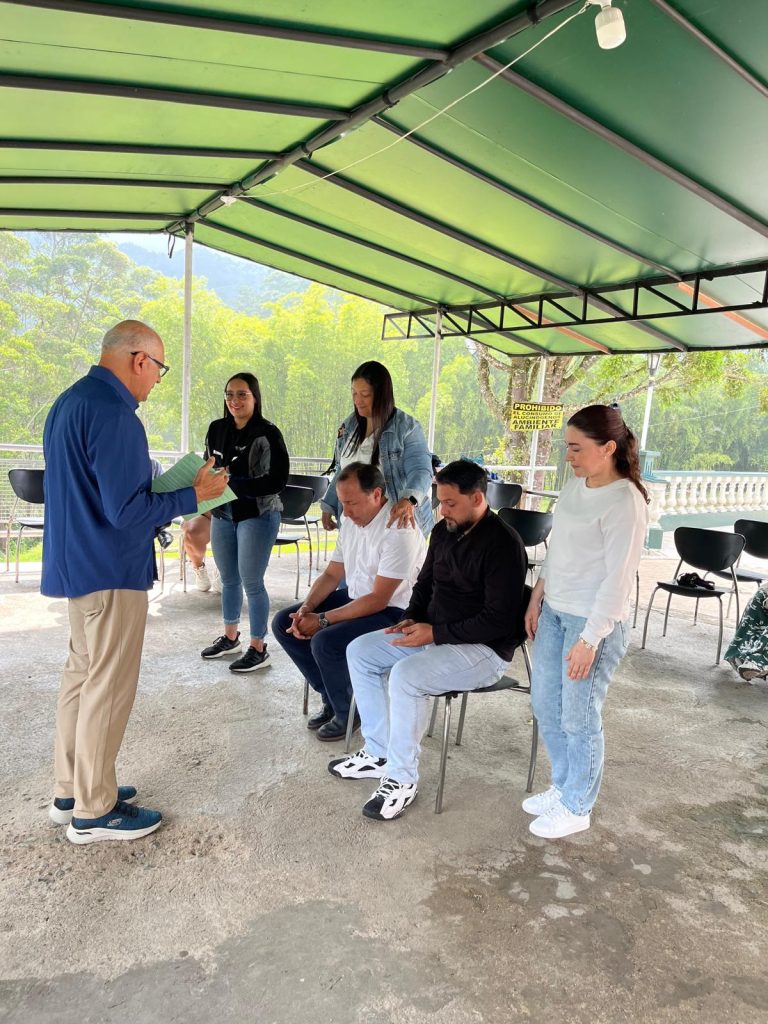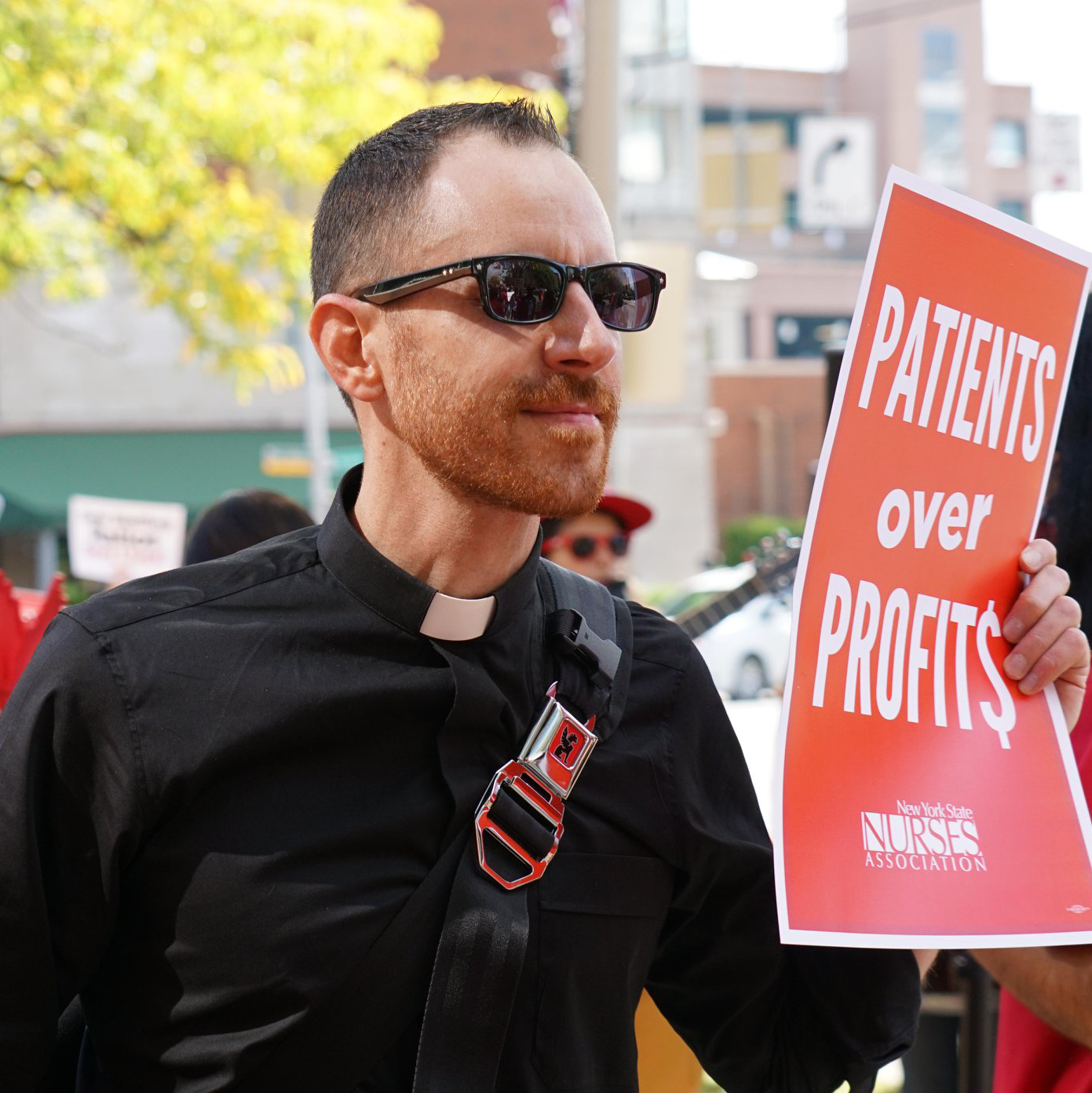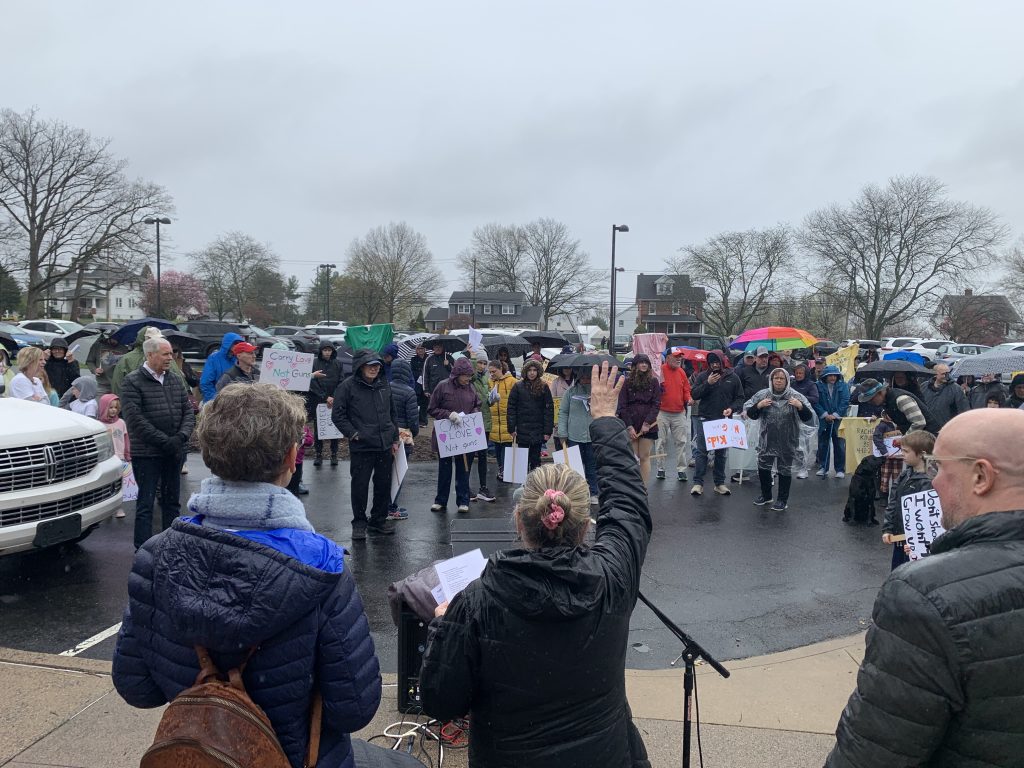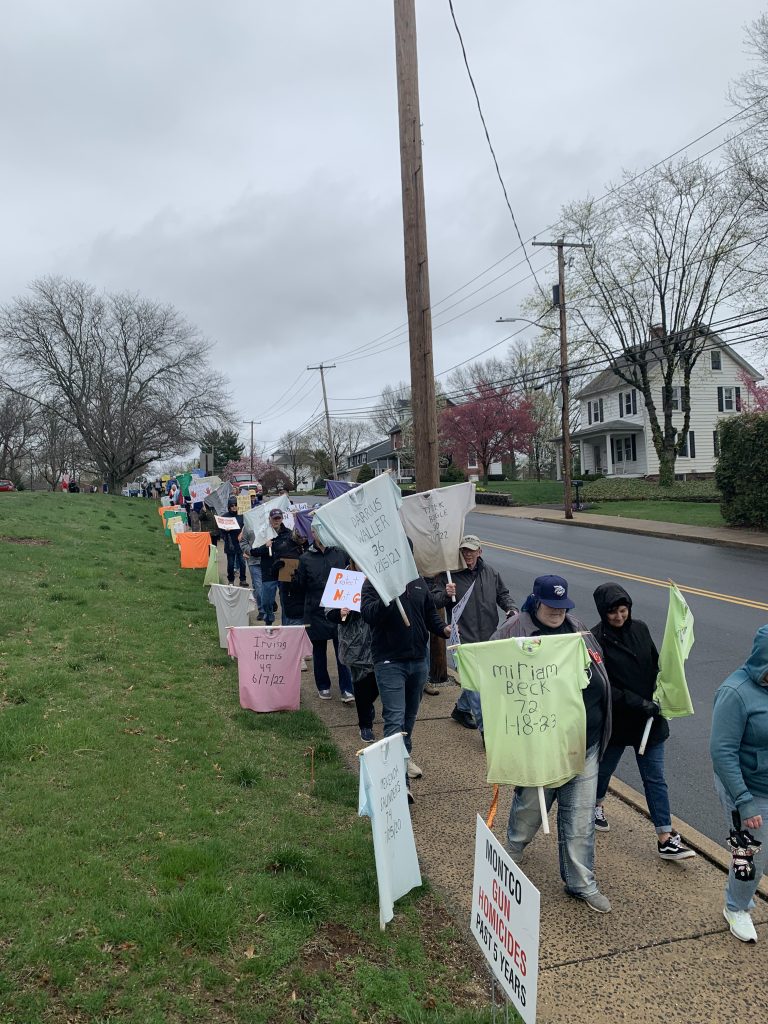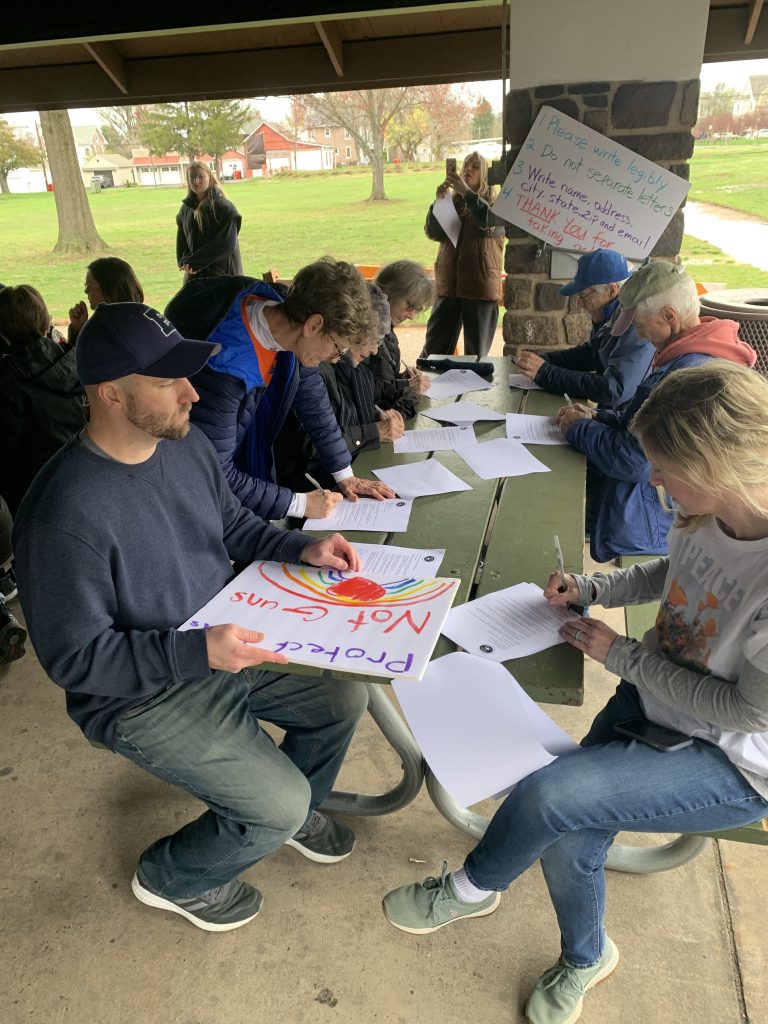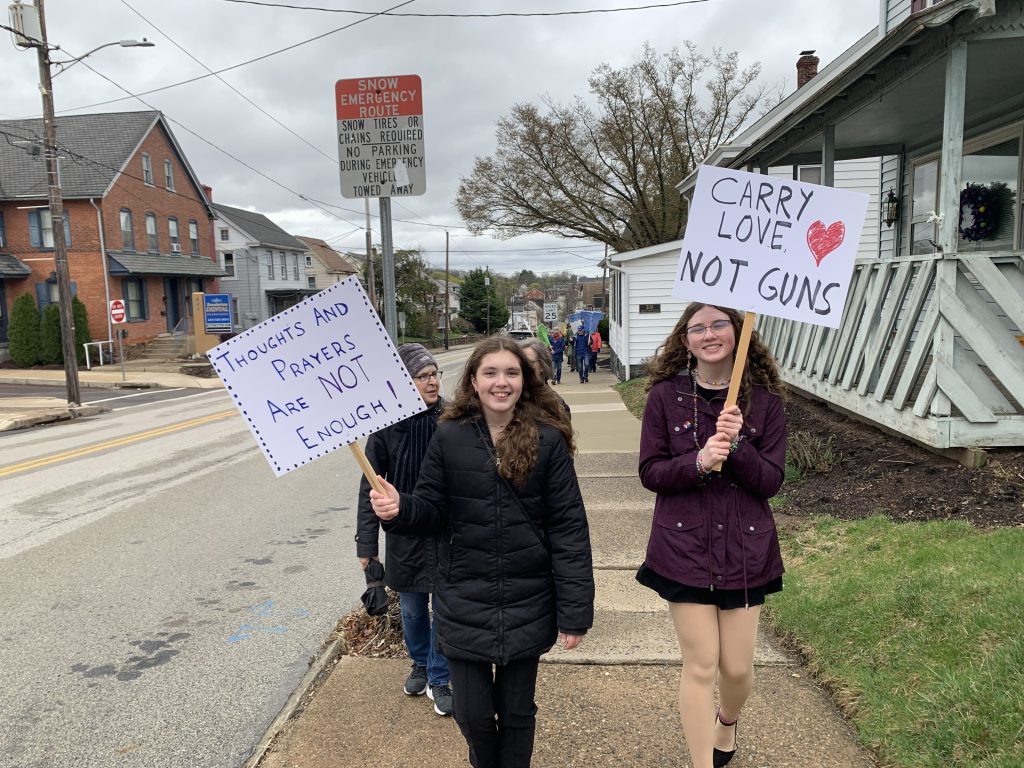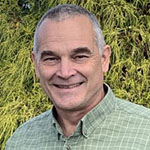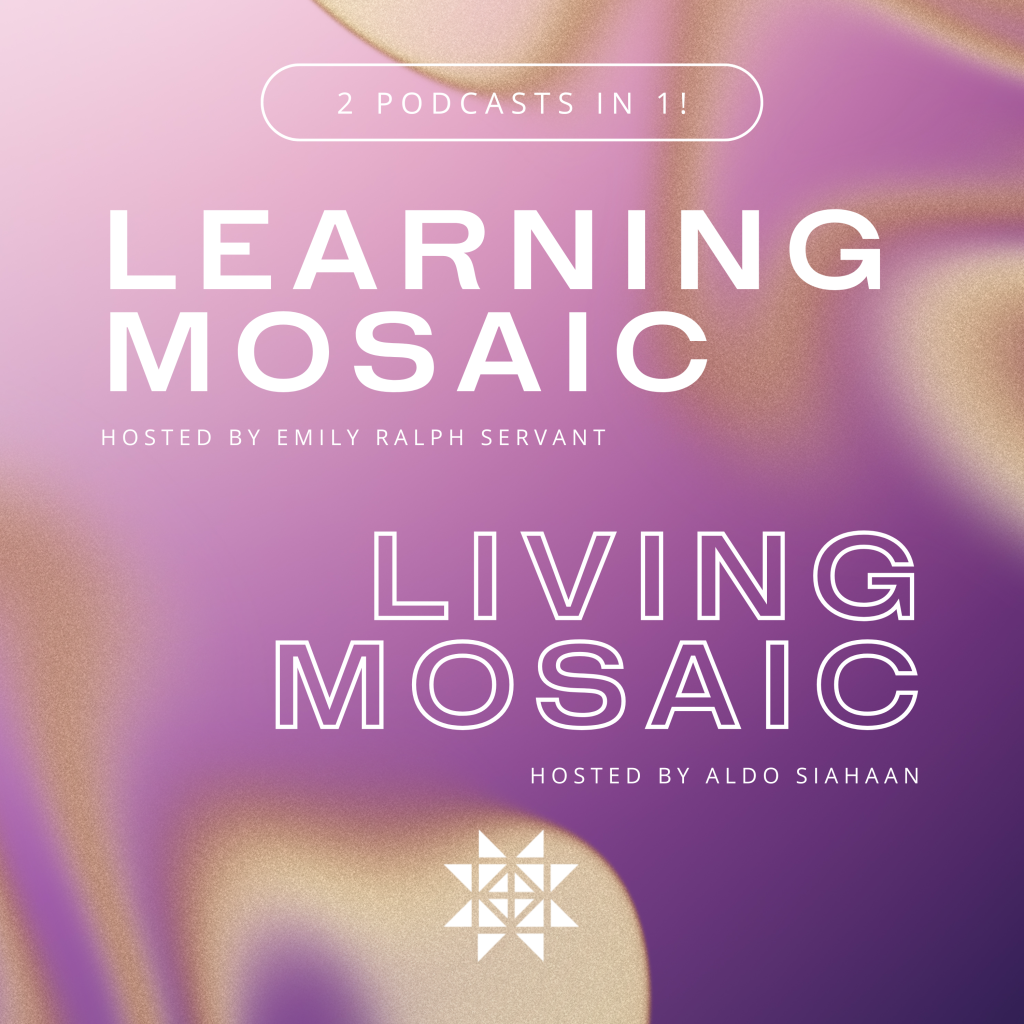As Mosaic Mennonite Conference commemorates the 500th Anniversary of Anabaptism in 2025, each month we will share a variety of Mosaic voices reflecting on the question, “What does Anabaptism mean to me?”

Submission from
Franco Salvatori, Souderton (PA) Mennonite
As an interim pastor for a Mennonite church, I found a theological home in the pages of the 1995 Confession of Faith from a Mennonite perspective.
Anabaptism – Where following Jesus matters. Where Jesus’ words define our actions. Where we interpret the Bible by starting with Jesus and letting that inform our understanding of the rest of the scriptures.
Anabaptism – Where peace, justice, truth, stewardship, and participating in the mission of God NOW defines the purpose of the church. A community becoming like Christ, to be an incarnate sign of the beautiful vision God had for his creation and his children.
Somehow, my faith had always been more interested in the idea of becoming like Jesus on the inside (forgiven and purified) than in acting like Jesus (pursuing the reconciliation of the world). But the Anabaptist theology did not allow for that distinction, and I loved it for that.
I pastored that church for 10 years and would often joke that they might be more Mennonite than me, but that I was more Anabaptist, because I wasn’t born into this tradition of faith. I chose it.
And I continue to choose it today.
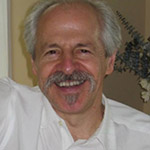
Submission from
Joe Landis (Salford Mennonite [Harleysville, PA])
Joe Landis (Salford Mennonite [Harleysville, PA]), Founder/former CEO of Conference-Related Ministry Peaceful Living and former CEO of Conference-Related Ministry Indian Creek Foundation and his son Zach Landis reflect on what Anabaptism means to them. They recently traveled, with their families, to Zurich and other key Anabaptist historical sites. Zach’s son Johan filmed the conversation, which took place in front of a cave in which early Anabaptists used for worship and refuge.

Submission from
Sandra Güete, Sarasota, FL
El anabautismo, para mí, es más que una simple doctrina o una corriente teológica dentro del cristianismo. Es una forma de vivir la fe con autenticidad, compromiso y valentía. Nació en el siglo XVI como una respuesta radical a la iglesia establecida, afirmando que el bautismo es un acto de fe personal y no algo impuesto por tradición o por el Estado. Pero va más allá del bautismo: es una manera de entender la iglesia como una comunidad de discípulos comprometidos con el evangelio, con la paz y con la justicia. No se trata solo de una idea histórica, sino de un llamado actual a seguir a Cristo de manera decidida y contracultural.
Translation in English:
For me, Anabaptism is more than just a doctrine or a theological movement within Christianity. It is a way of living out faith with authenticity, commitment, and courage. It emerged in the 16th century as a radical response to the established church, affirming that baptism is a personal act of faith rather than something imposed by tradition or the state. But it goes beyond baptism—it is a way of understanding the church as a community of disciples committed to the gospel, peace, and justice. It is not just a historical idea but a present-day call to follow Christ in a determined and countercultural way.
Mosaic values two-way communication and encourages our constituents to respond with feedback, questions, or encouragement. To share your thoughts or send a message to the author(s), contact us at communication@mosaicmennonites.org.

